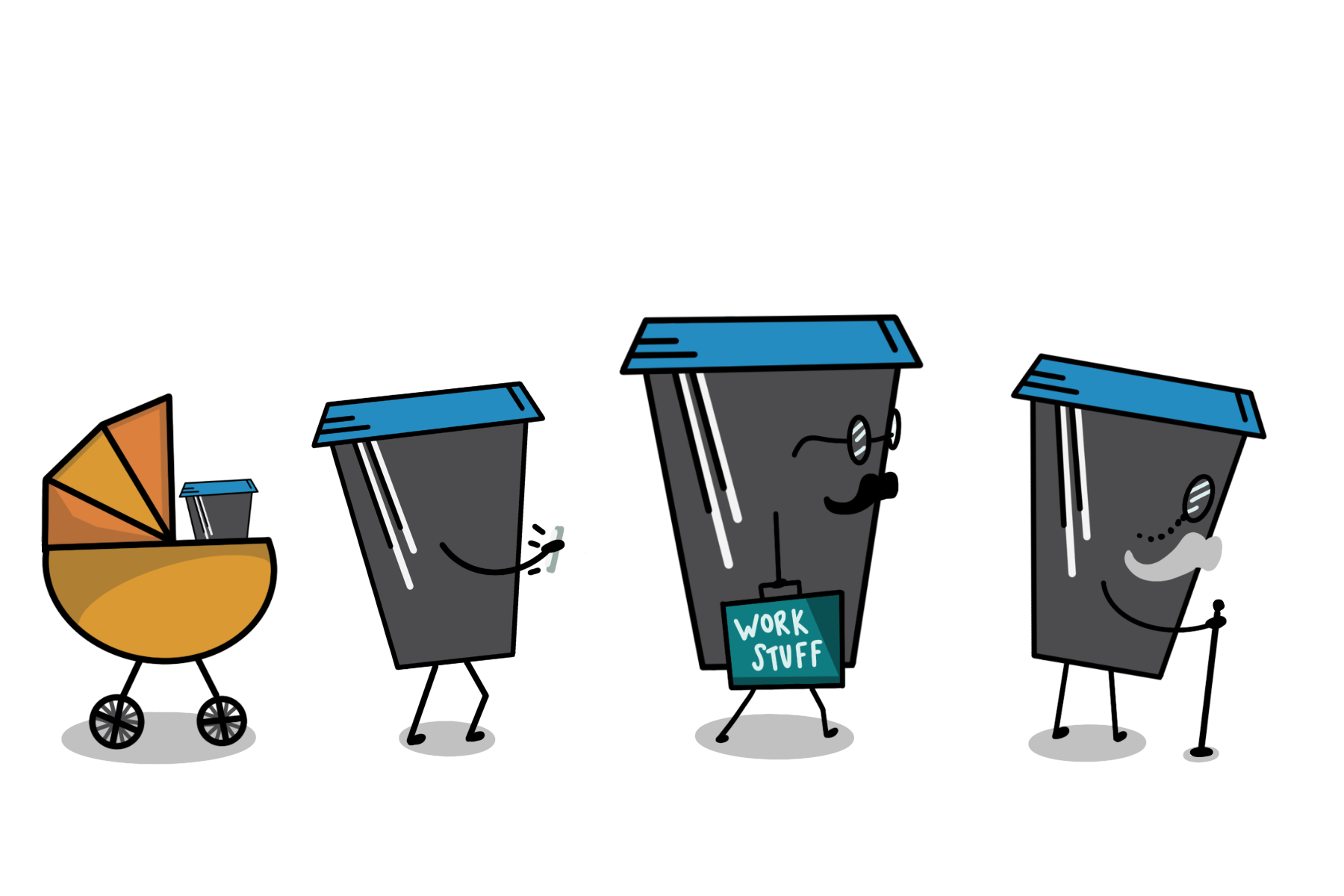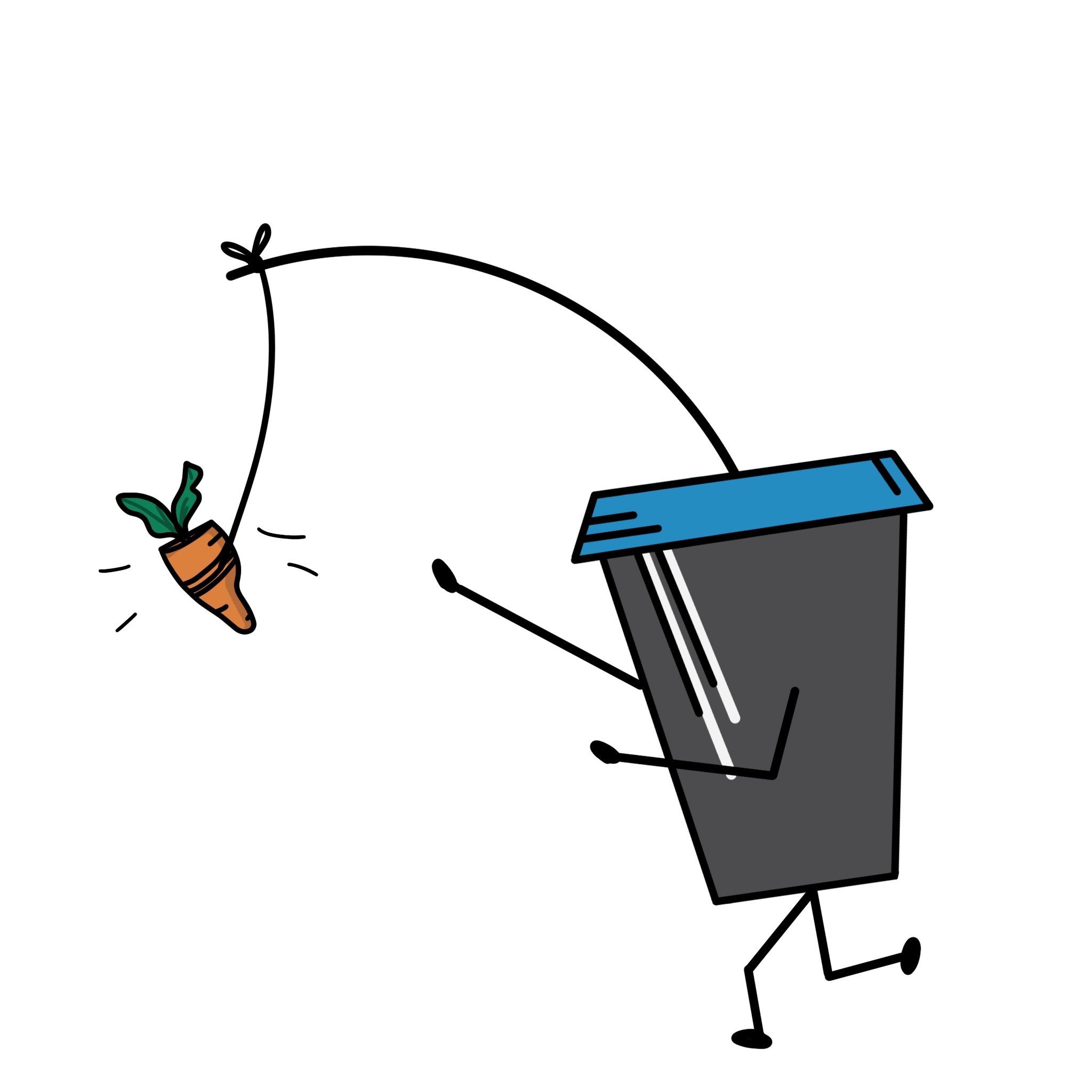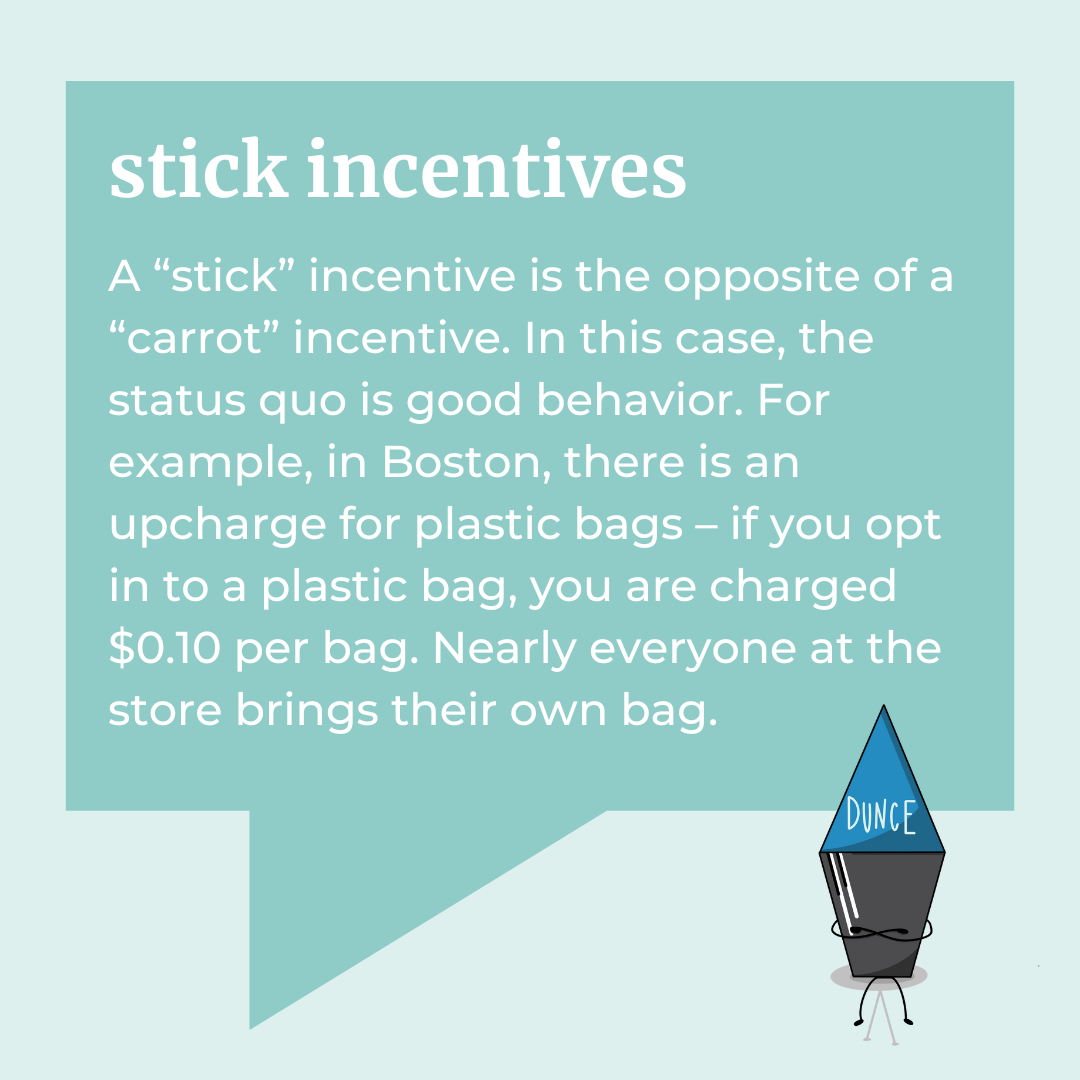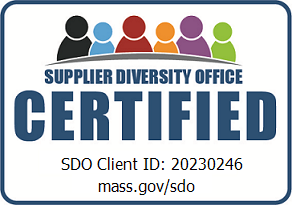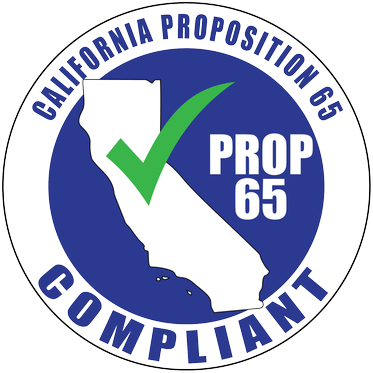We promote good behavior with a fair and friendly stick. After all, “students adapt to rules and expectations if they are laid out properly, and understand their overall impact” as explained by a higher education leader at a public university.
To many, change is daunting, hard, and uncomfortable, but change is absolutely necessary and a core component of the human journey. So when we look to change behavior to a more sustainable behavior, both financially and economically, what’s the best way to approach the change?
For years, environmentalists have tried to use ‘carrot’ incentives.
Back in my childhood, my mother would embarrass me, as moms do, every Saturday at the grocery store. She was a woman ahead of her time – bringing all of our canvas bags into the store so that we wouldn’t need any plastic or paper bags plus we’d get $0.05 off for each bag we used. The baggers thought we were the crazy penny-pinching family (we were, my mom has a coupon folder). My mom would count and then count again to make sure all the bags were counted. And after a big shop, we’d save $0.75.
That was a carrot incentive, we were rewarded for our behavior. We were amongst the small minority of families that took action because we cared about saving money and the environment.
Now, I live in Boston where there is a plastic bag ban, but really it’s an upcharge for plastic bags. If you opt in to a plastic bag, you are charged $0.10 per bag. Nearly everyone at the grocery store brings their own bags. We look at the people that don’t bring their bags as though they are the crazy ones. This is an example of a stick incentive, and it’s working for plastic bag bans. It’s made reusable bags the norm.
It was more economical when I was a kid and there was a discount for good behavior, but that incentive did little to change behavior. The same can be true for ‘bring your own mug’ programs at coffee shops, and the like. Even in the most crunchy neighborhoods, fewer than 10% of customers bring their own mugs, even those that patron the coffee shop daily.
These are enormous lessons that have helped us to design the USEFULL program. For tasks where we’re creatures of habits: ‘good behavior’ incentives don’t work instead, ‘upcharges’ for bad behavior do work.
WHAT DOES THIS MEAN FOR USEFULL?
-
Customers have access to a free rental period
-
After the rental period has elapsed, we charge late fees until the item is returned or ultimately deemed lost
WHAT HAVE WE FOUND?
-
Our loss rate is ridiculously low, like 0.02%
-
Our daily late rate is also very low, ~5%
-
The average user never pays us a cent!
-
Once the user sees their rental period (via email and push notification, and on their app), they understand that they need to return it on time to avoid late fees.
We promote good behavior with a fair and friendly stick. After all, “students adapt to rules and expectations if they are laid out properly, and understand their overall impact” as explained by a higher education leader at a public university.
By Alison Rogers Cove, Founder and CEO, alison@usefull.us
